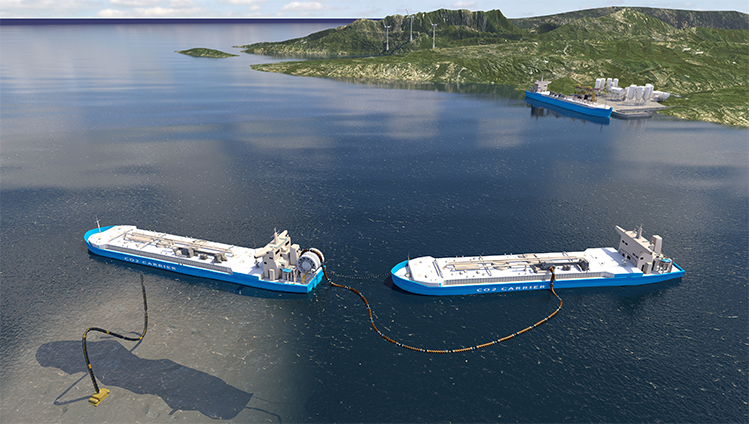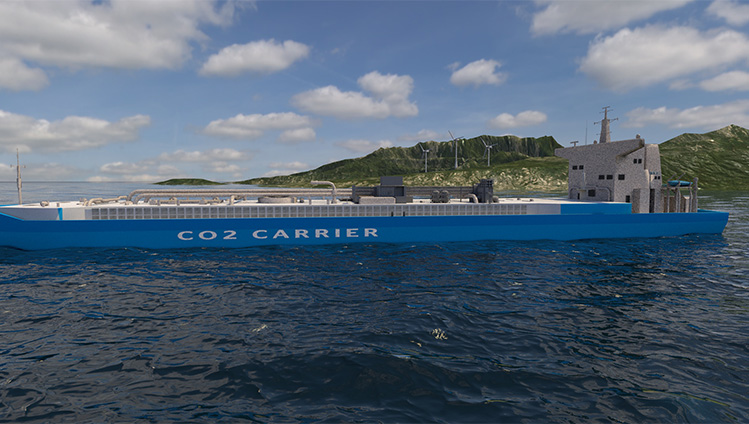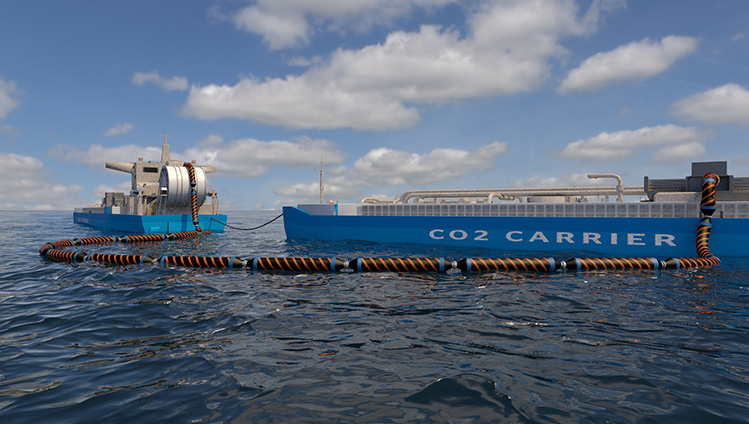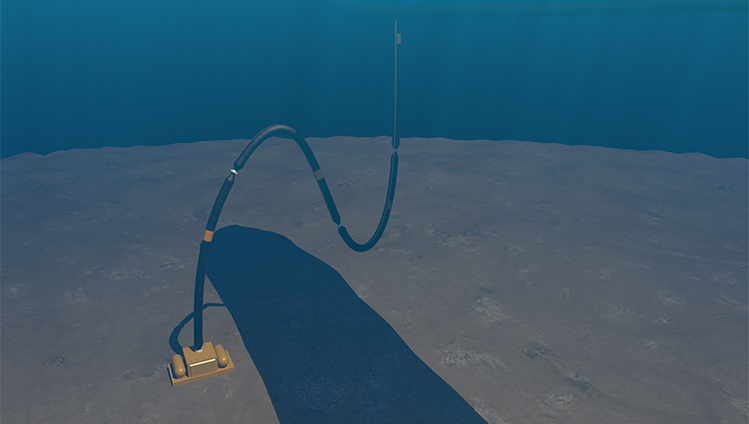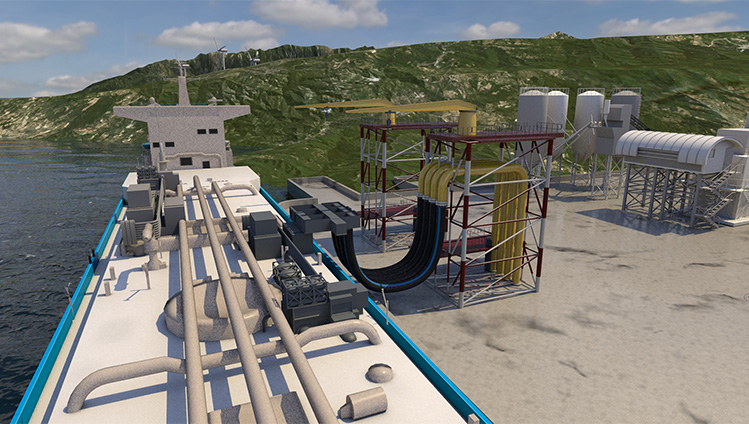
- Products & Solutions
- Compounds & Sheetings
- Conveyor Belt Systems
- Fluid Handling
- Power Transmission
- Printing Technology
- Sealing Systems
- Surface Materials
- Suspension & Anti-Vibration
- Automotive Technologies
- Tires
- Industries
- Agriculture & Forestry
- Aerospace
- Construction
- Energy Management
- Food Chain Processing
- Home, Garden & Leisure
- Material Handling
- Mechanical & Plant Engineering
- Mining
- Industrial Safety
- Printing
- Rail Transport
- Ships, Ports & Sea
- Two Wheelers
- Commercial Vehicles
- Passenger Cars
- Media
- Press
- Stories
- Social Media
- Awards
- Fairs & Events
- Document Center
- Compounds & Sheetings
- Rubber Compounds
- Elastomer Sheeting
- Conveyor Belt Systems
- Material Handling
- Processing & Special Belts
- Conveyor Services
- Fluid Handling
- Passenger Cars
- Commercial Vehicles
- Industrial Vehicles
- Two-Wheelers
- Collapsible Tanks
- Industrial Hoses
- Hydraulic Hoses
- Oil & Gas Hoses
- Renewable Energy Solutions
- Crimper
- Power Transmission
- Commercial Vehicles OE
- Passenger Cars OE
- Drive Belts Automotive Aftermarket
- Agriculture vehicles & machines
- Industrial Applications
- Motorbike Drive Belts
- Printing Technology
- Printing Blankets
- Flexo Printing Plates
- Coating / Varnishing
- Sealing Systems
- Vehicle Applications
- Industrial Applications
- Surface Materials
- Mobility & Transportation
- Living Spaces
- Protection & Health
- Mechanical Engineering
- Sustainable Surfaces
- Surface Technologies
- Design
- Services & Tools
- Coil Coating
- Suspension & Anti-Vibration
- Passenger Cars
- Light Trucks
- Commercial Vehicles
- Industrial Vehicles
- Marine
- Machines & Equipment
- Railway
- Commercial Vehicles OE
- Accessory Belt Drive
- Fan Drive
- Mild Hybrid
- Mobility & Transportation
- Passenger Cars
- Commercial Vehicles
- Agricultural Vehicles
- Construction Vehicles
- Material Handling Vehicles
- Marine
- Railway
- Passenger Cars
- Interior
- Chassis & Body
- Powertrain
- eMobility
- Passenger Cars
- Interior
- Chassis & Body
- Exhaust Gas System
- Powertrain
- eMobility
- Vehicle Applications
- Brake Systems
- Chassis
- Steering Gear
- Engine Management
- Low-friction Elastomers for Seals
- Printing Blankets
- CONTI-AIR® Blanket Technology
- PHOENIX Xtra Blankets
- Vulcan
- Rollin
- Printec
- Sava
- Material Handling
- Steelcord Conveyor Belts
- Textile Conveyor Belts
- Steep Incline Conveyor Belts
- Enclosed Conveyor Belts
- Solid Woven Conveyor Belts
- Steel Mesh Conveyor Belts
- Passenger Cars OE
- Accessory Belt Drive
- Mild Hybrid
- Camshaft Drive
- Oil Pump Drive
- Water Pump Drive
- Steering Drive
- Brakes
- Body Control
- Interior Drives
- Systems Expertise
- Commercial Vehicles
- Cabin & Interior
- Chassis & Body
- Exhaust Gas System
- Powertrain
- eMobility
- Storage and Transport of Liquids
- Flexo Printing Plates
- CONTI Laserline
- Axcyl
- Light Trucks
- Axle Air Springs
- Hydro Bodymounts
- Living Spaces
- Interior Design
- Home Decoration
- Exterior Design
- Industrial Applications
- Elastomer Sheeting
- Expansion Joints
- Diaphragms
- Diaphragm Materials
- Gas Holder Diaphragms
- Processing & Special Belts
- Drive & Movement
- Filtering & Draining
- Seeding & Harvesting
- Conveyor Services
- Field Service
- Digital Solutions
- Service Material
- Technical Consulting & Training
- Tools & Equipment
- Accessories & Components
- Commercial Vehicles
- Cabin & Interior
- Chassis & Body
- Powertrain
- Air Spring Replacement
- Industrial Vehicles
- Cabin & Interior
- Chassis & Body
- Exhaust Gas System
- Powertrain
- Protection & Health
- Protective Equipment Materials
- Medical Films
- Upholstery Material
- Agriculture vehicles & machines
- AGRIDUR® Drive Belts
- Industrial Vehicles
- Cabin & Interior
- Chassis & Body
- Powertrain
- Two-Wheelers
- Cooling Water Lines
- Fuel Supply Lines
- Oil Lines
- Hoses for Electric Drives
- Tank Ventilation & Degas Lines
- Mechanical Engineering
- Weaving Beam Coverings
- Gas Holder Diaphragms
- Drop Thread Material
- Diaphragm Materials
- Industrial Applications
- Drive Belts
- Friction Rings & Wheels
- Collapsible Tanks
- Collapsible Fuel Tanks
- Storage and Transport of Liquids
- Marine
- Couplings
- Engine Mounts
- Industrial Hoses
- Air & Multipurpose Hoses
- Chemical Transfer & Petroleum Hoses
- Data Cooling Hoses
- Food & Beverage Hoses
- Marine Hoses
- Material Handling, Dredge & Mining Hoses
- Specialty Hoses
- Steam & Cleaning Hoses / Equipment
- Vacuum Hoses
- Water Hoses
- Welding & Gas Hoses
- Machines & Equipment
- Mounts
- Couplings
- Air Actuators/Pneumatics
- Air Springs/Isolation
- Expansion Joints
- SAM Spring
- Motorbike Drive Belts
- Heavy-Duty Timing Belts
- Variable Speed Belts
- Sustainable Surfaces
- Sustainable Surfaces for Mobility
- Railway
- Bogie
- Body & Interior
- Powertrain
- Surface Technologies
- staynu® Technology
- laif® Technology
- cool colors Technology
- Hydraulic Hoses
- Constant Pressure
- Maximum Abrasion Resistance
- Extreme Temperature
- Standard
- Special Applications
- Push-on Hoses
- Thermoplastic
- Oil & Gas
- Design
- Trends
- Collections
- Projects
- Oil & Gas Hoses
- Production Flexible Lines
- Drilling Hoses
- Well Service Hoses
- Marine Hoses
- Services
- Rig Supply Hoses
- Renewable Energy Solutions
- Big Bubble Curtain Hose
- Hydraulic Hoses for Wind Turbines
- Hydrogen Hoses for Bunkering
- Marine Hoses for Liquified Ammonia Transfer
- Carbon Capture and Storage
- Services & Tools
- Surface Processing
- Digital Printing
- Coil Coating
- Foodsafe Films
- Interior Design
- Artificial Leather
- Furniture Films
- Interior
- Air Conditioning Unit
- Cabin & Interior
- Air Conditioning Unit
- staynu® Technology
- Artificial leather with staynu® technology
- Automotive | staynu® Technology
- Bogie
- Primary Suspension
- Secondary Suspension
- Auxiliary Systems
- Wheel Springs
- Refurbishment Service
- Cabin & Interior
- Vibration Absorbers
- Seat Air Springs
- Cab Air Springs
- Electronic Air Spring Damping System
- Protective Equipment Materials
- Chemicals & Gases
- Dry Suit Materials
- Canvas / Tarpaulin Materials
- Passenger Cars
- Instrument Panel
- Door/Side/Center Console
- Pillar/Panel/Storage Areas
- Sun Visor
- Seat Cover/Headrest
- Seat Backs
- Floor Covering
- Rear Tray
- Cargo Compartment Cover
- Services
- Accessory Belt Drive
- CONTI® HEAVY DUTY POWER
- CONTI® UNIPOWER CV
- CONTI® UNIPOWER ECO₂-FLEX CV
- CONTI® UNIPOWER TOUGH GRIP CV
- CONTI®V FO PIONEER
- CONTI®V MULTIBELT
- Accessory Belt Drive
- CONTI® UNIPOWER
- CONTI® UNIPOWER TOUGH GRIP
- CONTI® UNIPOWER ELASTIC
- CONTI® UNIPOWER ECO₂-FLEX
- Cabin & Interior
- Seat Air Springs
- Electronic Air Spring Damping System
- Interior
- Vibration Absorbers
- Chassis & Body
- Active Chassis Stabilization
- Power Steering
- Connections
- Body & Interior
- Air Actuators for Pantograph
- Seat Suspension
- Drive Belts for Door Opening
- Wheel Springs
- Chassis & Body
- Air Actuators/Pneumatics
- Axle Air Springs
- Cab Air Springs
- Bushings
- Sandwich Mounts
- Cab Mounts
- Bump Stops
- Chassis & Body
- Brake System
- High & Low-Pressure Hydraulics
- Auxiliary Hydraulic Drive
- Hydrostatic Fan Drive
- Power Steering
- Chassis & Body
- Cab Mounts
- Axle Air Springs
- Bushings
- Door Stop Bumpers
- Vibration Absorbers
- Chassis & Body
- Spring Strut Mounts
- Bushings
- Vibration Absorbers/Dampers
- Crossmember
- Exhaust Hangers
- Fan Drive
- CONTI® HEAVY DUTY POWER
- CONTI® UNIPOWER CV
- Mild Hybrid
- CONTI® UNIPOWER HP
- CONTI® UNIPOWER XHP
- Home Decoration
- d-c-fix
- Commercial Vehicles
- Instrument Panels/Doors
- Pillars/Panels/Resting Area
- Storage Area/Shelfs
- Seat Covers/Headrests
- Seat Backs
- Sun Visors
- Floor Covering
- Powertrain
- Torque Rods/Torque Strut
- Gear Box Mounts
- Hydraulic Mounts
- Adaptive Mounts
- Adaptive Engine Mounts
- Active Mount Systems
- Propshaft Bearings
- Exterior Design
- Exterior Films
- Artificial Leather
- Press Polished Vinyl
- Pool Liner
- Vinyl Deck Membrane
- Resilient Flooring
- Cabin & Interior
- Air Conditioning Unit
- cool colors Technology
- Artificial leather with cool colors technology
- Exterior films with cool colors technology
- Digital Solutions
- Conveyor Monitoring Systems
- Conveyor Inspection Services
- Belt Monitoring Systems
- Conti+ Conveyor Data & Software
- Drive Belts
- V-Belts
- Poly-V-Belts
- Synchronous Belts
- Flat Belts
- Specialty Belts
- Components
- Service
- Camshaft Drive
- CONTI® BASIC RUNNER
- CONTI® DIESEL RUNNER
- CONTI® COLD RUNNER
- CONTI® BELT IN OIL (BIO)
- Mild Hybrid
- CONTI® UNIPOWER HP CV
- Exhaust Gas System
- SCR System/Urea
- Exhaust Gas Return
- Control Functions
- Powertrain
- Mounting Elements
- Couplings
- Vibration Absorbers/Dampers
- Torque Supports
- Powertrain
- Couplings
- Engine Mounts
- Agricultural Vehicles
- Cover Material
- Floor Covering
- Door/Side/Instrument Panels
- Powertrain
- Engine Mounts
- Propshaft Bearings
- Exhaust Gas System
- Particulate Filter
- SCR System/Urea
- Service Material
- Adhesives, Solutions & Solvents
- Belt Maintenance & Repair
- Splice Material
- Chassis & Body
- Couplings/Quick Connection
- Brake System
- High & Low-Pressure Hydraulics
- Power Steering
- Auxiliary Hydraulic Drive
- Hydrostatic Fan Drive
- Powertrain
- Compressor/Compressed Air
- Fuel Supply
- Ventilation & Degassing
- Heating & Cooling
- Charge Air
- Turbocharger Supply
- Oil Cooling
- Clutch
- Powertrain
- Fuel Supply
- Heating & Cooling
- Charge Air
- Dirty/Clean Air Supply
- Turbocharger Supply
- Transmission Oil Cooling
- Engine Oil Cooling
- Ventilation & Degassing
- Oil Pump Drive
- CONTI® BELT IN OIL (BIO)
- Construction Vehicles
- Seat Cover
- Floor Covering
- Door/Side/Instrument Panels
- Marine Hoses
- Hoses for FPSO Tandem Offloading Service
- Hoses for SPM Service
- Hoses for FPSO Seawater Intake Systems
- Hoses for Ship-to-Shore Service
- Hoses for CBM/MBM Service
- Hoses for Ship-to-Ship Service
- Hoses for Refined Products and Other Chemicals
- Hose Ancillary Equipment
- Hose System Design Services
- eMobility
- Motor Mount Systems
- Water Pump Drive
- CONTI® WAPU RUNNER
- Material Handling Vehicles
- Seat Cover Materials
- Floor Coverings
- Door/Side/Instrument Panels
- eMobility
- Thermal Management Solutions
- Fuel Cell Applications
- eMobility
- Thermal Management Solutions
- Fuel Cell Applications
- Exhaust Gas System
- Particulate Filter
- SCR System/Urea
- Rig Supply Hoses
- Bulk Transfer Hoses
- Utility Hoses
- Hydraulic Hoses
- Chemical Hoses
- Couplings
- Powertrain
- Fuel Supply
- Compressor/Compressed Air
- Ventilation & Degassing
- Heating & Cooling
- Charge Air
- Turbocharger Supply
- Oil Cooling
- Clutch
- eMobility
- Marine
- Life Raft Materials
- Boat Materials
- Seat Upholstery
- Metal Lamination Film
- Press Polished Vinyl
- Steering Drive
- CONTI® SLT POWER
- Brakes
- CONTI® SLT POWER
- Railway
- Seat Upholstery
- Folding Bellow Material
- Body Control
- CONTI® SLT POWER
- Interior Drives
- CONTI® SLT POWER





